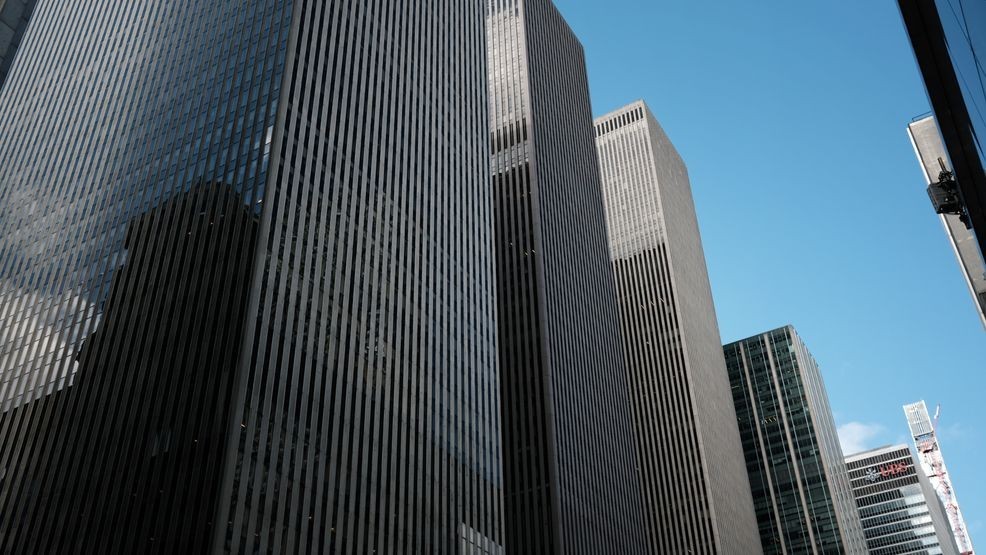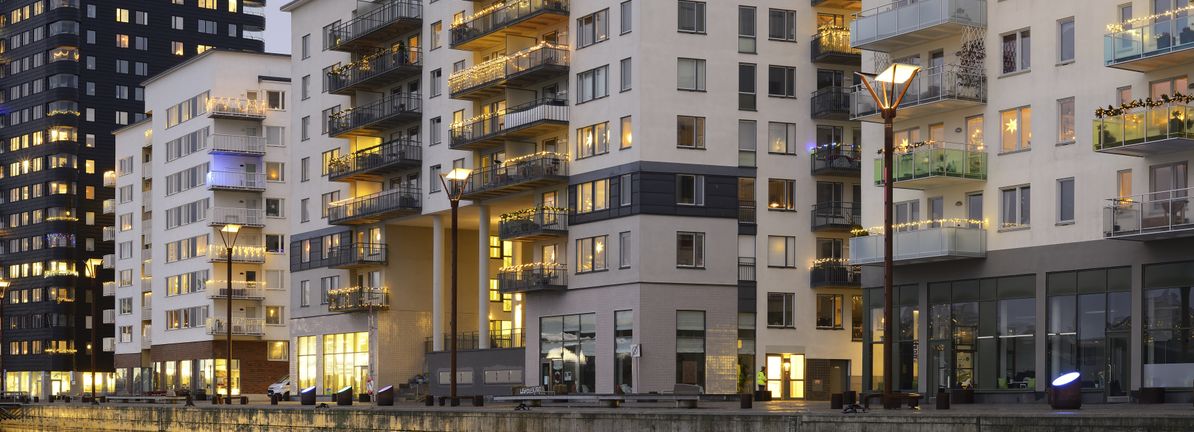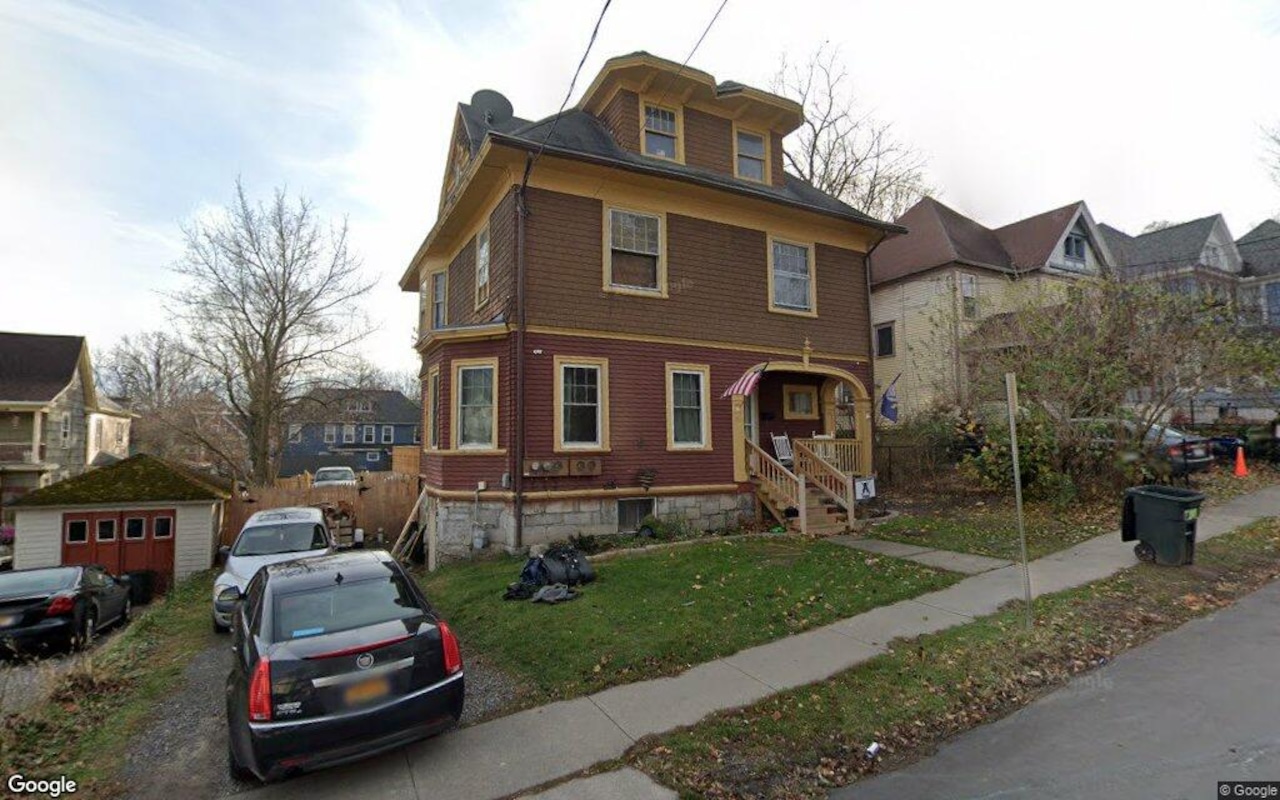C
ommercial real estate continues to recover from the pandemic, despite headwinds from tariffs and geopolitical uncertainty. According to Henry Chin, CBRE's global head of research, investment activity is expected to increase 10% this year, with office-property sales rising nearly 20%. The U.S. office market has "past its trough," Chin said, with rental growth forecast in 46 out of 64 tracked markets.
CBRE's midyear commercial real estate outlook covers various types of properties, including industrial spaces and apartment buildings. Market fundamentals remain stable, thanks to favorable tax treatment for real estate under the recently passed One Big Beautiful Bill Act. However, CBRE lowered its forecast for overall rent growth and economic growth due to erratic U.S. trade policy and geopolitical uncertainty.
The office market is seeing strong demand from finance, legal, insurance, and technology sectors, with prime office space availability declining. Despite an all-time high office vacancy rate of 19%, a low in office construction completions, and high levels of conversions and demolitions are clearing unwanted space. By the end of the year, 23.3 million square feet of office space is set to be converted or torn down.
Retailers are focusing on high-quality spaces, with the overall retail availability rate increasing slightly to 4.9% due to limited new supply. Store closures have released some lease space onto the market, but much of that is concentrated in underperforming areas. Retailers prefer high-traffic, open-air centers in populated markets.
Multifamily housing has seen rental growth bottom out, despite headwinds for homeownership. The Midwest and Pacific Northwest are leading the multifamily sector's growth, with the typical rent down about $50 a month compared to last year. The industrial sector will continue to see a flight to quality, with demand coming from third-party logistics providers and e-commerce companies.
CBRE lowered its forecast for annual gross domestic product growth to 1.5% due to trade policy uncertainty and risks associated with large deficit spending. Job growth has slowed since the April tariff announcements, and business sentiment remains uncertain about future tariff rates.














